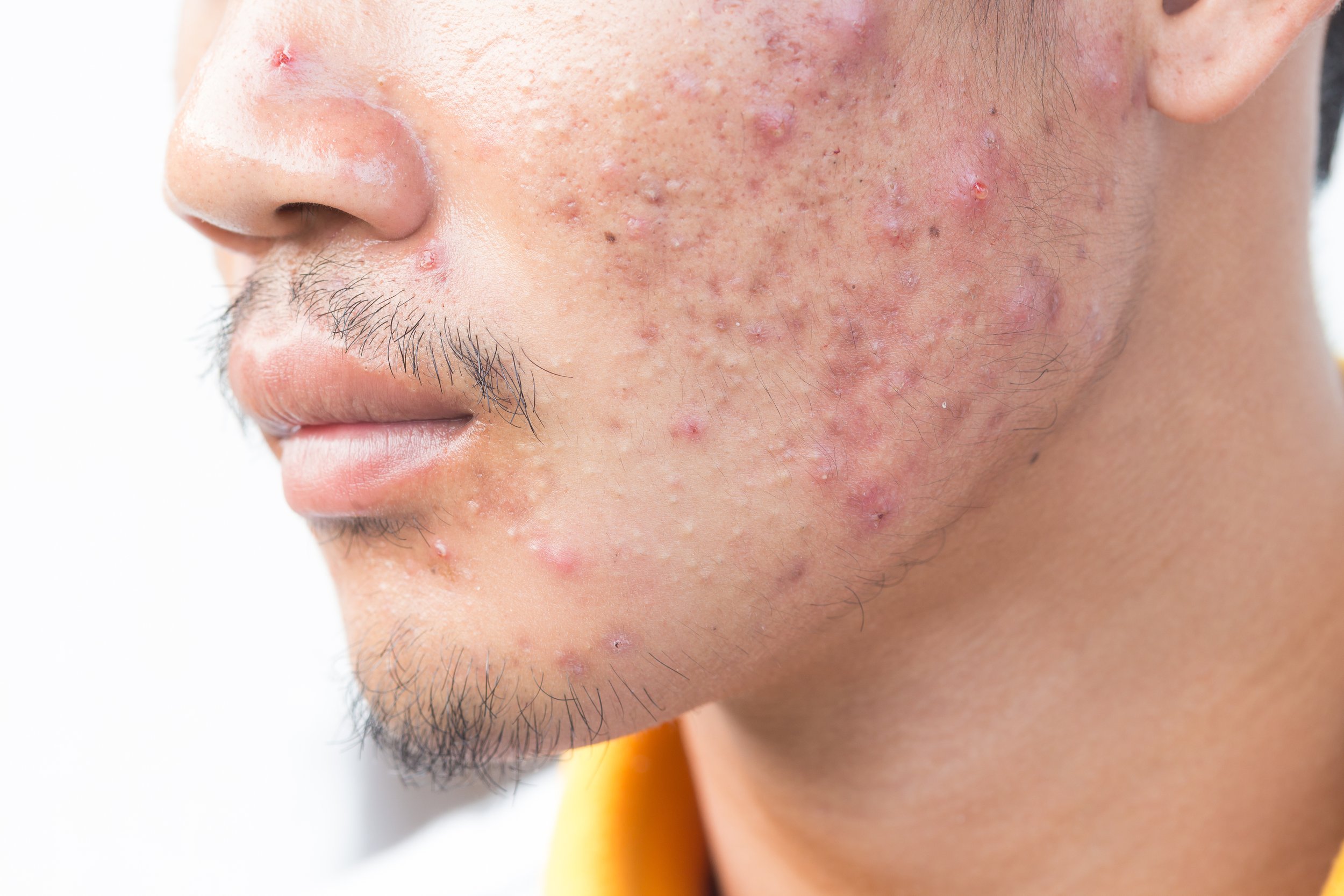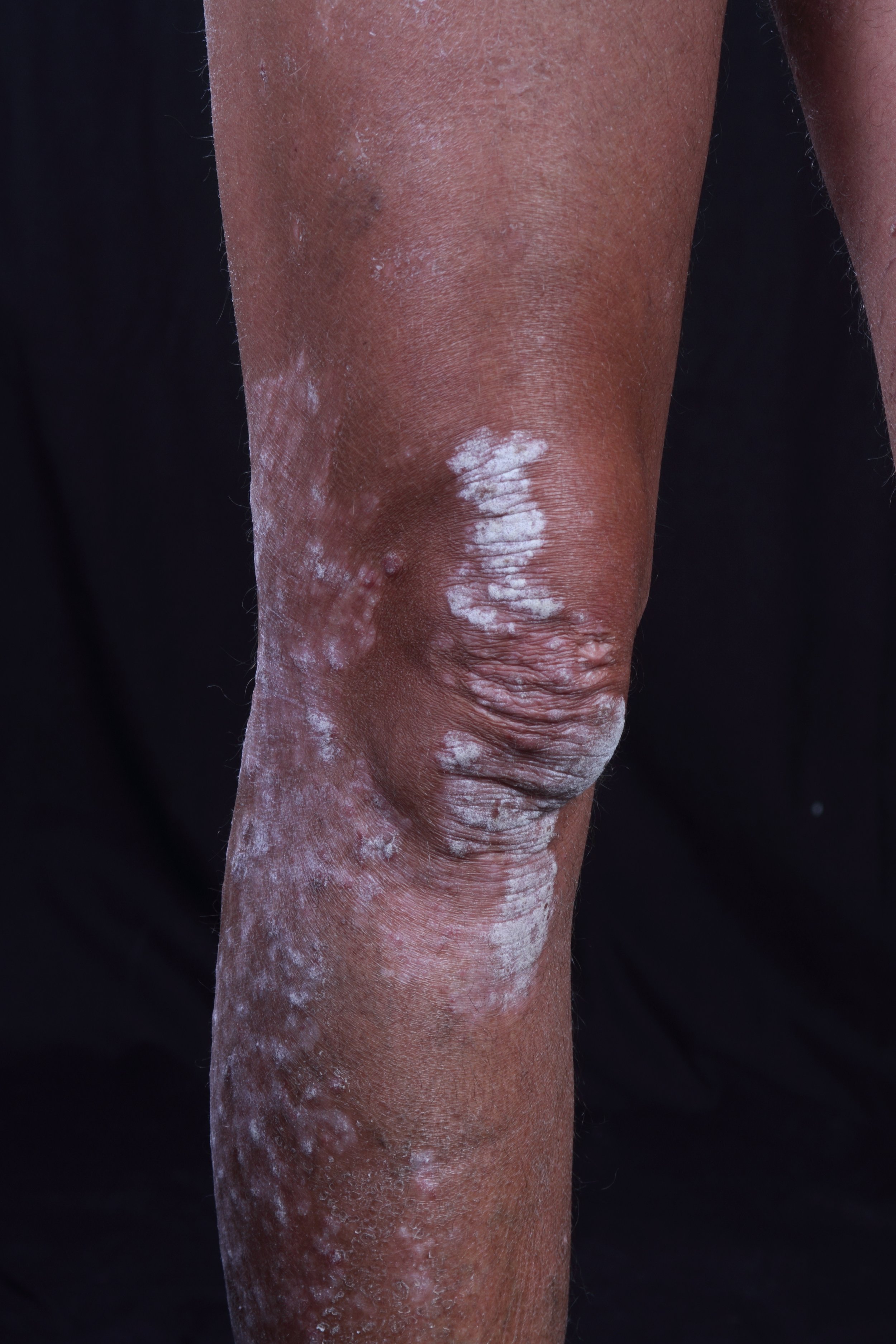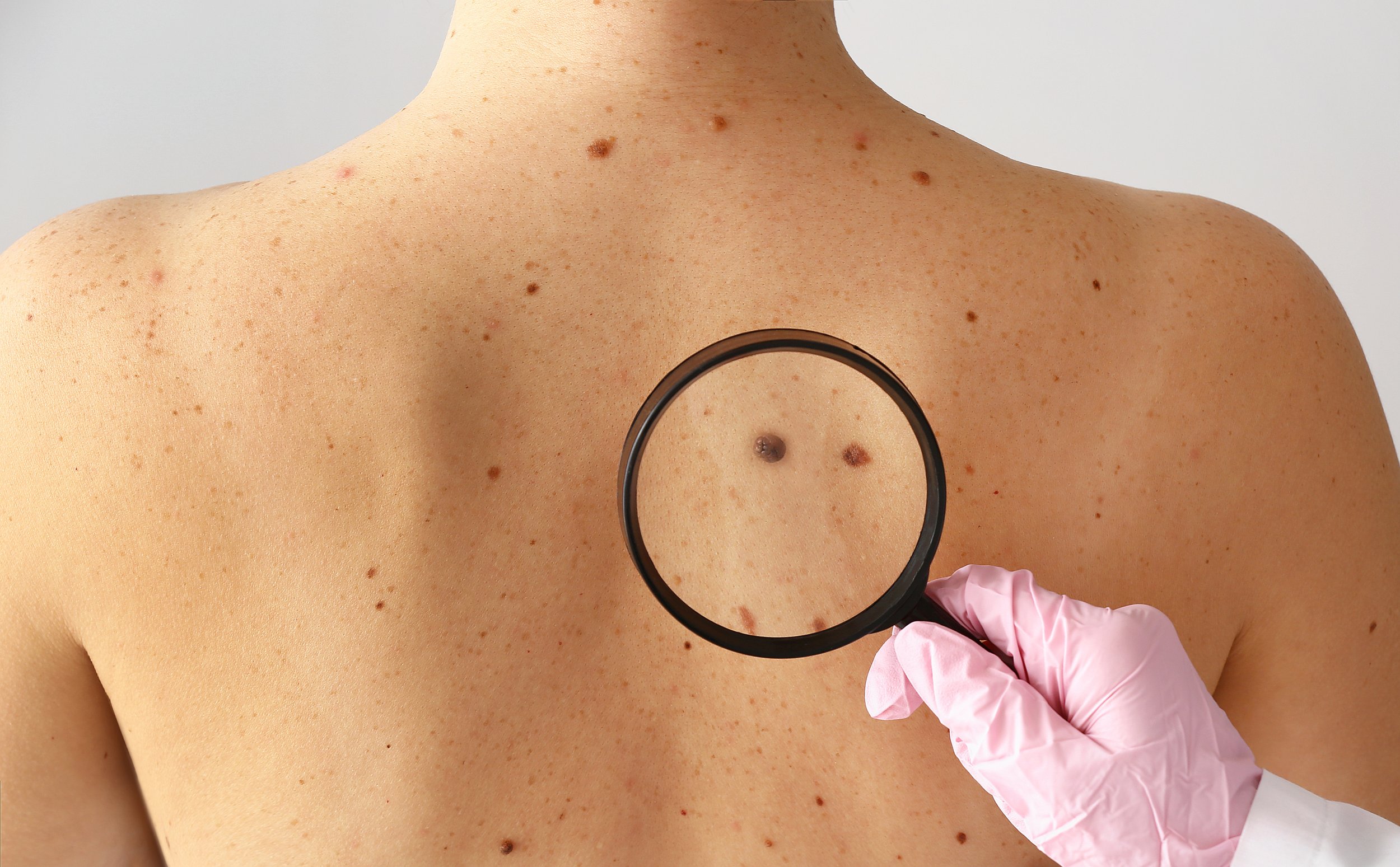
Medical Dermatology
At Blackburn Woolfolk Dermatology, we understand the impact skin disease can have on your quality of life and self-confidence. Whether it is a common or uncommon skin concern, we are adept at diagnosis in all skin types, and offer treatment options to ensure you receive optimal results.
Acne
A common condition dermatologists treat from adolescence to adulthood, acne can have a profound effect on an individual’s self-esteem. Whether the acne is classified as comedonal or inflammatory, nodular or cystic, there are many and varied treatment options available to control acne, and produce blemish-free skin. Once a treatment regimen is prescribed, our goal is clear skin. Once the skin is clear, maintenance therapy is recommended to maintain results.
Alopecia
Alopecia is the medical term for hair loss. It describes a family of conditions that can result in thinning or balding of any area of the scalp. A thorough medical history, as well as skin biopsy is often required to confirm the form of alopecia, and help guide the recommended course of treatment. All hair loss is not created equal, and the earlier it is addressed, the better chance we have to correct the cause of the hair loss, and prevent further loss of hair follicles.
A few common causes of alopecia:
Central centrifugal cicatricial alopecia - One of the most common causes of scarring hairloss, CCCA is seen predominantly on the crown, and disproportionately affects individuals with coily textures. Early treatment is critical to prevent permanent hairloss.
Traction alopecia - A form of hairloss that presents on the frontal hairline after the use of hairstyles that cause tension or pulling. Early forms of traction alopecia may be reversible, however chronic forms of traction alopecia may require surgical intervention.
Androgenetic alopecia - A hormonal and genetic hairloss, and the most common form of hairloss in men and women worldwide
Alopecia areata - A form of autoimmune hairloss resulting in sudden bald spots on the scalp. Advanced cases can involve not only the scalp, but other areas of hair on the face and body.
Dermatitis
Dermatitis is an inflammation of the skin, and there are many different categories that all present with redness, scaling, or itching. One common denominator is that most forms of dermatitis can be controlled, but not cured.
Atopic Dermatitis - also known as eczema. Eczema may present in infancy, childhood, or adulthood. There are genetic and environmental factors which can influence the severity and course of atopic dermatitis.
Seborrheic Dermatitis - a chronic condition that affects the scalp, face, ears with greasy, scaly, and sometimes inflamed patches.
Contact Dermatitis - this is usually due to something coming into contact with the skin, resulting in redness, itching and possibly blistering. A thorough history, and testing may be required to determine the causative agent.
Hyperpigmentation
Hyperpigmentation refers to an increase in pigmentation of the skin. This usually occurs at a site of previous inflammation, but hyperpigmentation can persist long after the inflammation has resolved. Treatment of hyperpigmentation involves addressing the root cause, and starting a course of treatment which may involve a combination of creams to fade discoloration, chemical peels, and or laser treatments targeted to address the excess pigment.
Keloids
A recognizable growth of the skin, keloids are excess scar tissue. They may occur as a result of previous trauma, surgery, or piercings. Treatment is aimed at reducing the size, and improving the associated symptoms such as itching or pain.
Melasma
Melasma causes classic brown patches on the cheeks, forehead, and upper lips, and predominantly affects women. It is a result of multiple factors including genetics, sun exposure, and hormones. Melasma must have a multifaceted approach to treatment. Although, there is no cure for melasma, improvement of pigmentation may be achieved.
Psoriasis
Affecting individuals from head to toe, psoriasis is an acquired inflammatory condition of the skin. Due to the fact that psoriasis may involve a large portion of the body surface, and in some cases involve the joints, an individual must be carefully examined and evaluated prior to tailoring the correct treatment. Advances in medical science has resulted in medications that can allow a patient to become completely clear, or almost clear with treatment.
Skin Cancer and Screenings
Skin cancers are growths of atypical/cancerous cells that occur in the skin. Contributing factors to the development of skin cancers include excessive sun exposure, sun burns, use of tanning beds, and genetic factors. The three most common types of skin cancer are basal cell carcinomas, squamous cell carcinomas, and melanoma. Skin cancer screenings by your dermatologist can provide early detection and treatment.
Vitiligo
Vitiligo is a skin disorder where pigment producing cells are destroyed causing white patches of the skin. It is more than a cosmetic condition, and varied treatment options are available to assist in repigmentation of the skin.


















